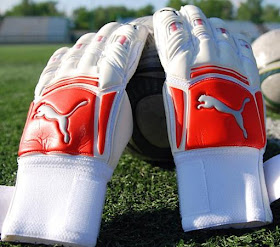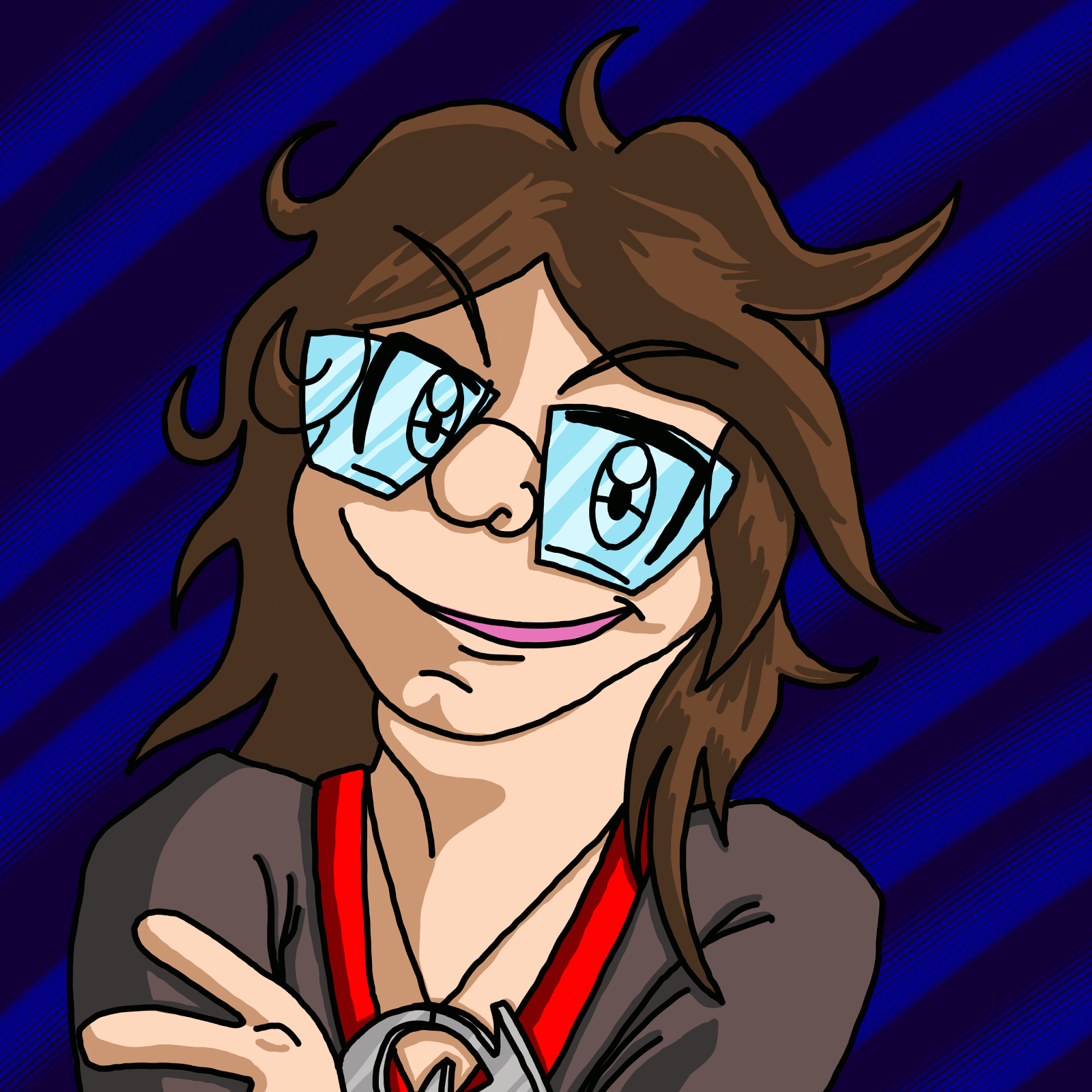Proprioception, Performance and Injury
Terms proprioception and
proprioceptive reflexes are often used when discussing muscle performance and
injury prevention. The term proprioception is broadly defined as the awareness
of posture and movement. Movements of joint systems are constantly monitored by
various sensors called proprioceptors. The reflexes that arise from these
proprioceptors can initiate, inhibit or fine tune joint movements by actions on
the muscle motor neurons. By influencing muscle activation and contraction,
these reflexes play an important role in stabilizing joints and preventing
injury.
What is Proprioception?
Information about joint movement, muscle length and force are all provided by proprioceptors, small structures that are found in muscle, ligaments and tendons that are connected to the spinal cord by neurons. Well known proprioceptors include the muscle spindle which monitors muscle length, tendon organs that monitor that amount of force applied to the tendon, and joint receptors that monitor joint position, movement and acceleration. Proprioception operates under the concept of feedback. When a proprioceptor identifies an unwanted movement, it sends a signal from the joint, muscle or ligament to the spinal cord. Within the spinal cord, the signal can either initiate or inhibit the motor neuron responsible for muscle contraction. That is, proprioceptors can cause a muscle to contract or relax. These reflexes are very fast, occurring within 20-50 thousandths of a second (millisecond) and are designed to protect the joint from unwanted movements.
The best example of a proprioceptive reflex is the knee jerk. The knee jerk begins when the patellar ligament is tapped (this is the thick band that attaches the patella or knee cap to the tibia or shin bone). This causes rapid knee extension or a “jerk”. The reflex happens as a result of the tap causing a small but rapid stretch of the quadriceps muscles. The rapid stretch activates the muscle spindle that lies within the muscle. This stretch causes the muscle spindle to send a signal to the spinal cord. There, the motor neurons controlling the quadriceps are activated, causing the muscle to contract and shorten, counteracting the stretch. An important concept is that this reflex does not involve information processing by the brain. It is far too rapid. The muscle spindle is stretched, a signal is sent to the spinal cord, the muscle contracts and shortens. The brain is aware of what has happened but the movement is initiated within the spinal cord.
Many feel that the stretch reflex is very important in stabilizing joints and preventing ligament injury. For example, a player cuts by planting her left foot and accelerating to the right. As force is applied to the foot, the ankle begins to turn inward (inversion). This, in turn causes a small, but rapid stretch of the muscles that turn the ankle outward (eversion). The stretch activates the muscle spindles of the stretched muscles (the muscles on the lateral side of the lower leg) and causes them to contract. The force exerted by these muscles counteracts to inward movement. In this case, the stretch reflex aids in preventing the athlete from “rolling” her ankle and injuring the ankle ligaments.
Ligaments also have proprioceptors that exert protective reflexes. A number of researchers feel that proprioceptors within the anterior cruciate ligament (ACL) are sensitive to tension placed on the ligament. One function of the ACL is preventing the tibia from sliding forward with respect to the femur (the bone of the upper leg). When the tibia moves forward and the ACL is stretched, these proprioceptors trigger the hamstring muscles to contract. The hamstring force pulls the tibia backwards. This stabilizes the knee, reduces ACL tension and reduces the risk of being damaged. This reflex is thought to play a role in protecting against ACL injuries. Its importance is seen in athletes who have undergone ACL reconstruction. In these athletes, the reflex is greatly diminished and may even be absent and may contribute to the high rate re-injury.
Not all proprioceptive reflexes activate muscle. Some are inhibitory. The Golgi tendon organ (GTO) is located in the tendons of most major muscles. This proprioceptor is sensitive to the amount of force exerted by the muscle. If, during muscle contraction, excessive force is placed on the tendon, the GTO sends a signal to the spinal cord. This signal inhibits the motor neuron and causes the muscle to relax. This inhibitory reflex is designed to protect the tendon from being damaged by excessive muscle force. Better to relax the muscle than to have it ruptured or torn away from the bone.
Force production by muscles during dynamic activities such as landing, cutting and running is a complex interaction of activating signals originating from the brain (voluntary control) and modulating signals arising from proprioception (reflex control). The brain activates specific muscles for a specific task and the proprioceptive reflexes modify contractions to accommodate unexpected changes in movement.
Can We Train the Proprioceptive System?
When an untrained individual lands a jump, there is a brief period of muscle relaxation (around 50 msec) that is quickly followed by contraction. As the person lands, the knees and ankles flex stretching the quadriceps and calf muscles. This should trigger the stretch reflex and cause a rapid contraction. However, the excessive force of lengthening (or eccentric) contractions seems to trigger the GTO and cause a brief period of relaxation, about 50 msec. Shortly after the relaxation period, the brain initiates contraction of the hip, knee and ankle extensor muscles so that the athlete can land the jump without collapsing.
Several research studies also show that trained athletes have enhanced proprioceptive reflexes. In the example above, that brief period of relaxation when landing a jump is replaced by a period of enhanced muscle activation. Training seems to either improve the stretch reflex or diminish the GTO reflex. Either way, the proprioceptive reflex is enhanced following training. This results in greater and more rapid force production at landing as well as improved height of a subsequent rebound jump.
Proprioceptive training involves exercises such as jumps, cutting maneuvers and balancing activities. They are designed to evoke rapid changes in movement of the knee and ankle. The idea is to place stress on the joint by simulating “unwanted” joint movements very controlled conditions. These movements are thought to “Train” the proprioceptive reflexes as well as build strength of the musculature. Research has shown that programs targeting proprioception, balance and strength training do indeed result in reduced injury risk.
Summary
Proprioception or the awareness of body position and joint movement is an important aspect of normal neuromuscular function. The reflexes that arise as a part of the proprioceptive system are critically important for peak performance and reducing the risk of joint injury. Coaches and athletes should remember that a part of any comprehensive training program should include exercises designed to enhance proprioceptive reflexes.
Further Reading
Ergen E, Ulkar B (2008) Proprioception and ankle injuries in soccer. Clinics in Sports Medicine, 27:195-217.
Hewett TE, Paterno MV, Meyer GD (20020) Strategies for enhancing proprioception and neuromuscular control of the knee. Clinical Orthopaedics and Related Research, 402:76-94.
Silvers HJ, Mandelbaum BR (2007) Prevention of anterior cruciate ligament injury in the female athlete. British Journal of Sports Medicine, Supplement 1:i52-i59..
What is Proprioception?
Information about joint movement, muscle length and force are all provided by proprioceptors, small structures that are found in muscle, ligaments and tendons that are connected to the spinal cord by neurons. Well known proprioceptors include the muscle spindle which monitors muscle length, tendon organs that monitor that amount of force applied to the tendon, and joint receptors that monitor joint position, movement and acceleration. Proprioception operates under the concept of feedback. When a proprioceptor identifies an unwanted movement, it sends a signal from the joint, muscle or ligament to the spinal cord. Within the spinal cord, the signal can either initiate or inhibit the motor neuron responsible for muscle contraction. That is, proprioceptors can cause a muscle to contract or relax. These reflexes are very fast, occurring within 20-50 thousandths of a second (millisecond) and are designed to protect the joint from unwanted movements.
The best example of a proprioceptive reflex is the knee jerk. The knee jerk begins when the patellar ligament is tapped (this is the thick band that attaches the patella or knee cap to the tibia or shin bone). This causes rapid knee extension or a “jerk”. The reflex happens as a result of the tap causing a small but rapid stretch of the quadriceps muscles. The rapid stretch activates the muscle spindle that lies within the muscle. This stretch causes the muscle spindle to send a signal to the spinal cord. There, the motor neurons controlling the quadriceps are activated, causing the muscle to contract and shorten, counteracting the stretch. An important concept is that this reflex does not involve information processing by the brain. It is far too rapid. The muscle spindle is stretched, a signal is sent to the spinal cord, the muscle contracts and shortens. The brain is aware of what has happened but the movement is initiated within the spinal cord.
Many feel that the stretch reflex is very important in stabilizing joints and preventing ligament injury. For example, a player cuts by planting her left foot and accelerating to the right. As force is applied to the foot, the ankle begins to turn inward (inversion). This, in turn causes a small, but rapid stretch of the muscles that turn the ankle outward (eversion). The stretch activates the muscle spindles of the stretched muscles (the muscles on the lateral side of the lower leg) and causes them to contract. The force exerted by these muscles counteracts to inward movement. In this case, the stretch reflex aids in preventing the athlete from “rolling” her ankle and injuring the ankle ligaments.
Ligaments also have proprioceptors that exert protective reflexes. A number of researchers feel that proprioceptors within the anterior cruciate ligament (ACL) are sensitive to tension placed on the ligament. One function of the ACL is preventing the tibia from sliding forward with respect to the femur (the bone of the upper leg). When the tibia moves forward and the ACL is stretched, these proprioceptors trigger the hamstring muscles to contract. The hamstring force pulls the tibia backwards. This stabilizes the knee, reduces ACL tension and reduces the risk of being damaged. This reflex is thought to play a role in protecting against ACL injuries. Its importance is seen in athletes who have undergone ACL reconstruction. In these athletes, the reflex is greatly diminished and may even be absent and may contribute to the high rate re-injury.
Not all proprioceptive reflexes activate muscle. Some are inhibitory. The Golgi tendon organ (GTO) is located in the tendons of most major muscles. This proprioceptor is sensitive to the amount of force exerted by the muscle. If, during muscle contraction, excessive force is placed on the tendon, the GTO sends a signal to the spinal cord. This signal inhibits the motor neuron and causes the muscle to relax. This inhibitory reflex is designed to protect the tendon from being damaged by excessive muscle force. Better to relax the muscle than to have it ruptured or torn away from the bone.
Force production by muscles during dynamic activities such as landing, cutting and running is a complex interaction of activating signals originating from the brain (voluntary control) and modulating signals arising from proprioception (reflex control). The brain activates specific muscles for a specific task and the proprioceptive reflexes modify contractions to accommodate unexpected changes in movement.
Can We Train the Proprioceptive System?
When an untrained individual lands a jump, there is a brief period of muscle relaxation (around 50 msec) that is quickly followed by contraction. As the person lands, the knees and ankles flex stretching the quadriceps and calf muscles. This should trigger the stretch reflex and cause a rapid contraction. However, the excessive force of lengthening (or eccentric) contractions seems to trigger the GTO and cause a brief period of relaxation, about 50 msec. Shortly after the relaxation period, the brain initiates contraction of the hip, knee and ankle extensor muscles so that the athlete can land the jump without collapsing.
Several research studies also show that trained athletes have enhanced proprioceptive reflexes. In the example above, that brief period of relaxation when landing a jump is replaced by a period of enhanced muscle activation. Training seems to either improve the stretch reflex or diminish the GTO reflex. Either way, the proprioceptive reflex is enhanced following training. This results in greater and more rapid force production at landing as well as improved height of a subsequent rebound jump.
Proprioceptive training involves exercises such as jumps, cutting maneuvers and balancing activities. They are designed to evoke rapid changes in movement of the knee and ankle. The idea is to place stress on the joint by simulating “unwanted” joint movements very controlled conditions. These movements are thought to “Train” the proprioceptive reflexes as well as build strength of the musculature. Research has shown that programs targeting proprioception, balance and strength training do indeed result in reduced injury risk.
Summary
Proprioception or the awareness of body position and joint movement is an important aspect of normal neuromuscular function. The reflexes that arise as a part of the proprioceptive system are critically important for peak performance and reducing the risk of joint injury. Coaches and athletes should remember that a part of any comprehensive training program should include exercises designed to enhance proprioceptive reflexes.
Further Reading
Ergen E, Ulkar B (2008) Proprioception and ankle injuries in soccer. Clinics in Sports Medicine, 27:195-217.
Hewett TE, Paterno MV, Meyer GD (20020) Strategies for enhancing proprioception and neuromuscular control of the knee. Clinical Orthopaedics and Related Research, 402:76-94.
Silvers HJ, Mandelbaum BR (2007) Prevention of anterior cruciate ligament injury in the female athlete. British Journal of Sports Medicine, Supplement 1:i52-i59..









2 коментара:
Nice post.Jhansi Orthopaedic Hospital is renowed name for its best fracture healing hospital in Jhansi at affordable price.For any query visit website.
Thanks for sharing, nice post! Post really provice useful information!
An Thái Sơn chia sẻ trẻ sơ sinh nằm nôi điện có tốt không hay võng điện có tốt không và giải đáp cục điện đưa võng giá bao nhiêu cũng như mua máy đưa võng ở tphcm địa chỉ ở đâu uy tín.
Постави коментар